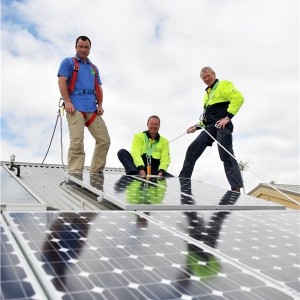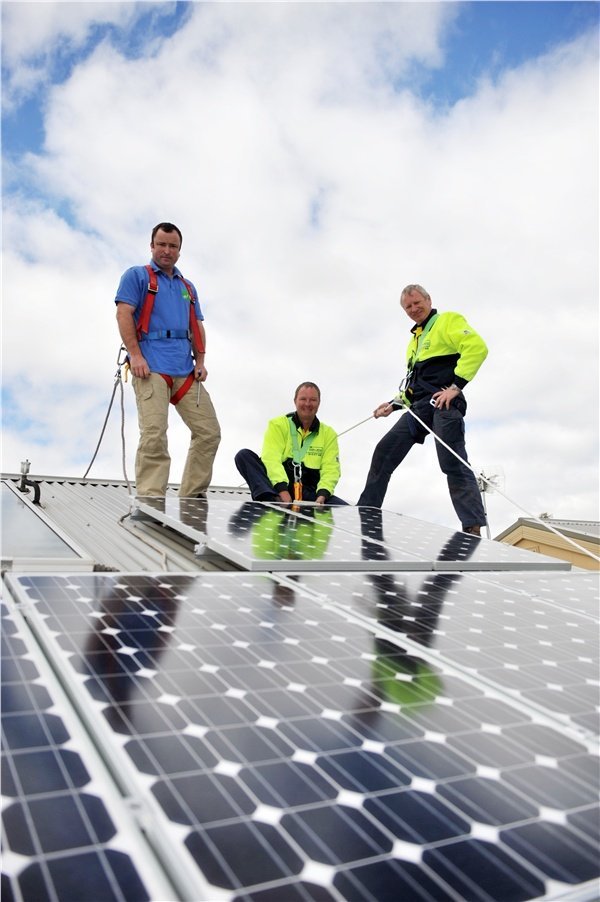Environmentalist Tim Flannery will launch the climate commission’s latest report on Tuesday highlighting the effects of global warming in Queensland.
Queensland’s solar energy output has doubled over the past two years, a positive issue which is identified in the latest report.
“Queensland is a bit of an energy super state and should embrace the opportunities that come with taking action against deadly climate change,” said Prof Flannery.
“Already the state has the largest installed solar photovoltaic (SPV) capacity in Australia at over 475 megawatts, and more than 200,000 households and businesses have solar panels installed.”
The report has also identified the sunshine-state as a perfect venue for large-scale concentrated solar thermal (CST) generation.
CST uses mirrors to reflect sunlight to heat fluids or salts to drive steam turbines and is already in use throughout parts of Spain and the United States.
“Queensland receives significant direct (as opposed to diffused) sunlight, making CST an efficient method of power generation,” cited the report.
The price of manufacturing SPV cells has dropped globally by up to 75 per cent in the last four years, with a 45 per cent fall in just the past year.
“Solar PV, along with wind, could be the cheapest form of power in Australia by 2030,” the report states.
Currently Queensland contributes 55 per cent of Australia’s bioenergy capacity, powered mainly by sugarcane waste.
Unfortunately the report also identifies the negative impacts of global warming on Queensland.
The report mentions the threat posed to the Great Barrier Reef, tropical rainforests and locals.
“The sea level is expected to rise 50 to 100 centimetres by 2100 and with 85 per cent of Queenslanders living near the coast, it poses a very real threat,” said Prof Flannery.
“The sea level in Torres Strait has been rising at six millimetres a year, double the global average, and already we are seeing the impact on those communities.”
Labor’s climate commission was established in 2011 to help promote global warming issues and solutions in Australia.

